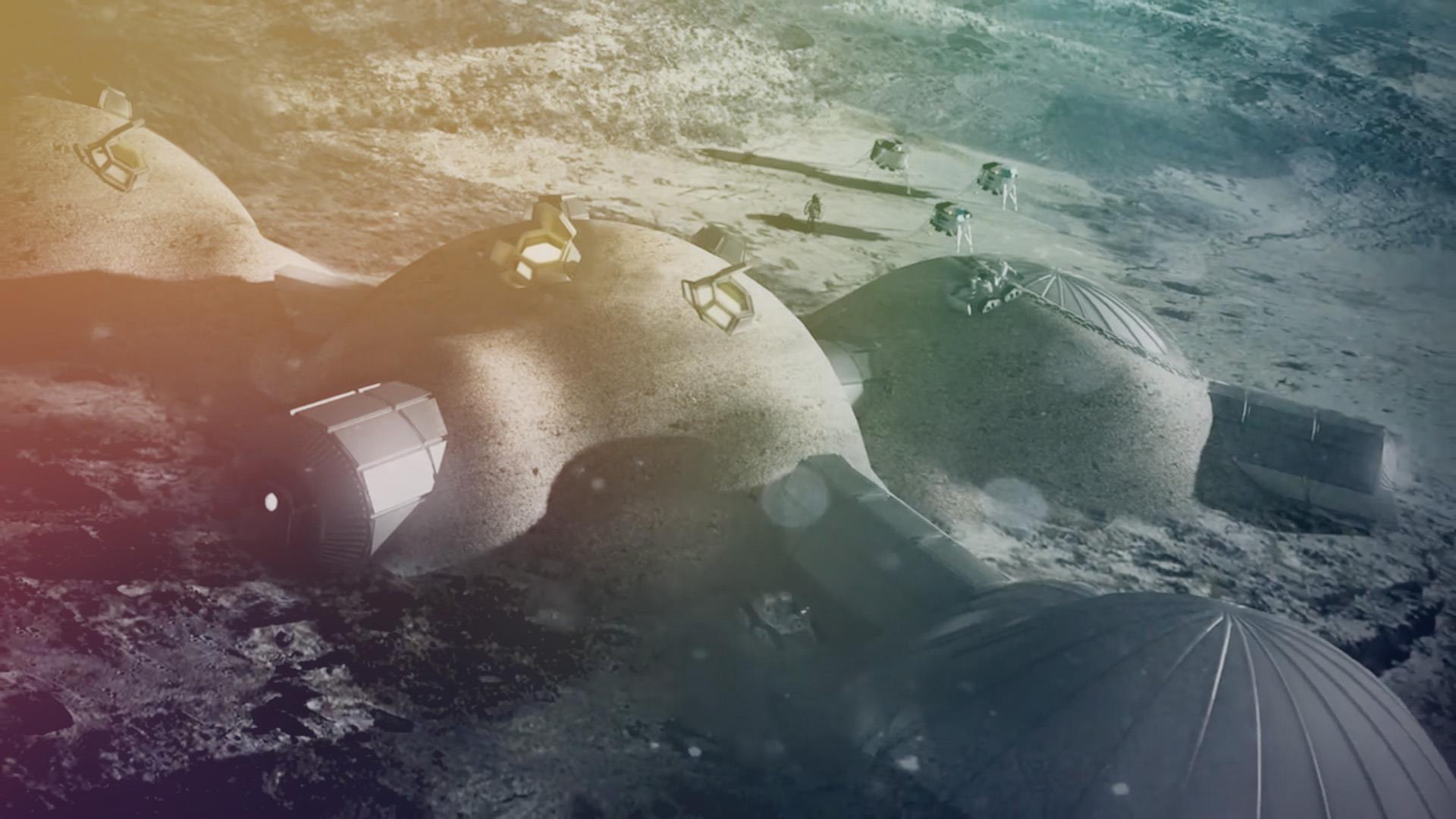New theory of gravity might explain dark matter
November
8, 2016

Credit: Wikipedia
A new theory of gravity might
explain the curious motions of stars in galaxies. Emergent gravity, as the new
theory is called, predicts the exact same deviation of motions that is usually
explained by invoking dark matter. Prof. Erik Verlinde, renowned expert in
string theory at the University of Amsterdam and the Delta Institute for
Theoretical Physics, published a new research paper today in which he expands
his groundbreaking views on the nature of gravity.
In 2010, Erik Verlinde surprised the
world with a completely new theory of gravity. According to Verlinde, gravity
is not a fundamental force of nature, but an emergent phenomenon. In the same
way that temperature arises from the movement of microscopic particles, gravity
emerges from the changes of fundamental bits of information, stored in the very
structure of spacetime.
Newton's law from information
In his 2010 article (On
the origin of gravity and the laws of Newton), Verlinde showed how
Newton's famous second law, which describes how apples fall from trees and
satellites stay in orbit, can be derived from these underlying microscopic
building blocks. Extending his previous work and work done by others, Verlinde
now shows how to understand the curious behaviour of stars in galaxies without
adding the puzzling dark matter.
The outer regions of galaxies, like
our own Milky Way, rotate much faster around the centre than can be accounted
for by the quantity of ordinary matter like stars, planets and interstellar
gasses. Something else has to produce the required amount of gravitational
force, so physicists proposed the existence of dark matter. Dark matter seems
to dominate our universe, comprising more than 80 percent of all matter.
Hitherto, the alleged dark matter particles have never been observed,
despite many efforts to detect them.
No need for dark matter
According to Erik Verlinde, there is
no need to add a mysterious dark matter particle to the theory. In a new paper,
which appeared today on the ArXiv preprint server, Verlinde shows how his
theory of gravity accurately predicts the velocities by which the stars rotate
around the center of the Milky Way, as well as the motion of stars inside other
galaxies.
"We have evidence that this new
view of gravity actually agrees with the observations, " says Verlinde.
"At large scales, it seems, gravity just doesn't behave the way Einstein's
theory predicts."
At first glance, Verlinde's theory
presents features similar to modified theories of gravity like MOND (modified
Newtonian Dynamics, Mordehai Milgrom (1983)). However, where MOND tunes the
theory to match the observations, Verlinde's theory starts from first
principles. "A totally different starting point," according to
Verlinde.
Adapting the holographic principle
One of the ingredients in Verlinde's
theory is an adaptation of the holographic principle, introduced by his tutor
Gerard 't Hooft (Nobel Prize 1999, Utrecht University) and Leonard Susskind
(Stanford University). According to the holographic
principle, all the information in the entire universe can be
described on a giant imaginary sphere around it. Verlinde now shows that this
idea is not quite correct—part of the information in our universe is contained
in space itself.
This extra information is required
to describe that other dark component of the universe: Dark energy, which is
believed to be responsible for the accelerated expansion of the universe.
Investigating the effects of this additional information on ordinary
matter, Verlinde comes to a stunning conclusion. Whereas ordinary
gravity can be encoded using the information on the imaginary sphere around the
universe, as he showed in his 2010 work, the result of the additional
information in the bulk of space is a force that nicely matches that attributed
to dark matter.
On the brink of a scientific revolution
Gravity is in dire need of new
approaches like the one by Verlinde, since it doesn't combine well with quantum
physics. Both theories, crown jewels of 20th century physics, cannot be true at
the same time. The problems arise in extreme conditions: near black holes, or
during the Big Bang. Verlinde says, "Many theoretical physicists like me
are working on a revision of the theory, and some major advancements have been
made. We might be standing on the brink of a new scientific revolution that will
radically change our views on the very nature of space, time and gravity."
* Explore further:
3 knowns and 3 unknowns about dark matter
More information: Emergent Gravity and the Dark Universe, E. P. Verlinde, 7
Nov 2016. arxiv.org/abs/1611.02269
Provided by: Delta Institute for Theoretical Physics
دوشنبه 5 تیر 1396 ساعت 10:47


